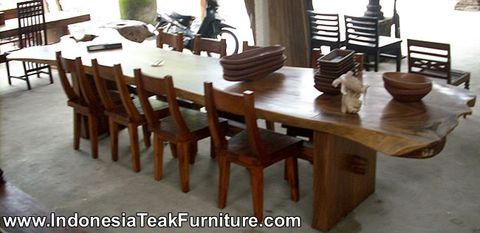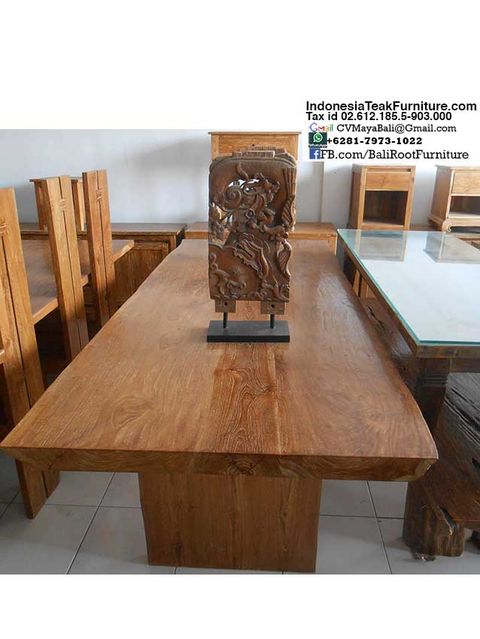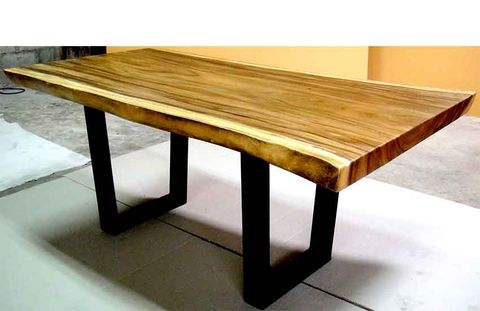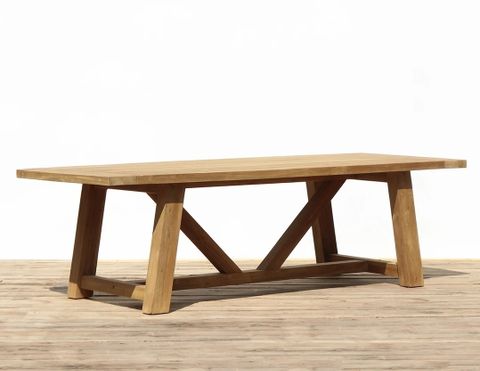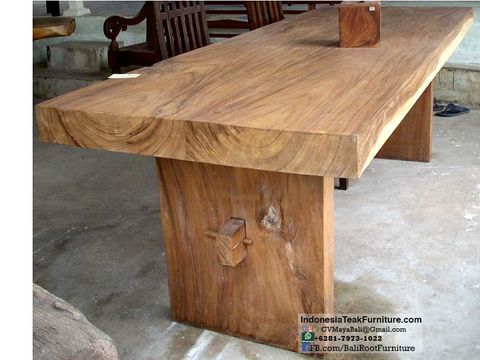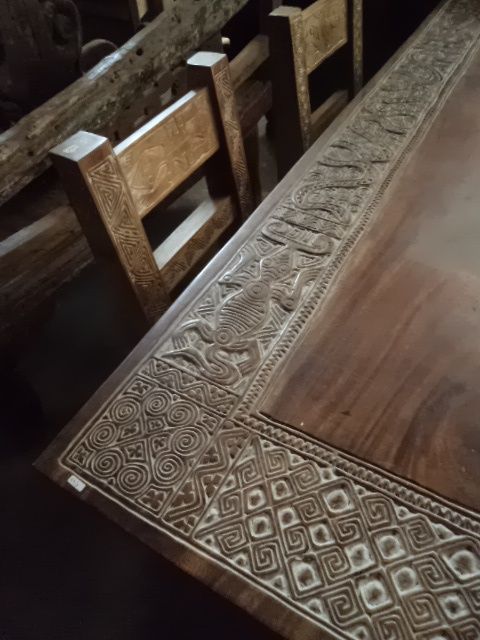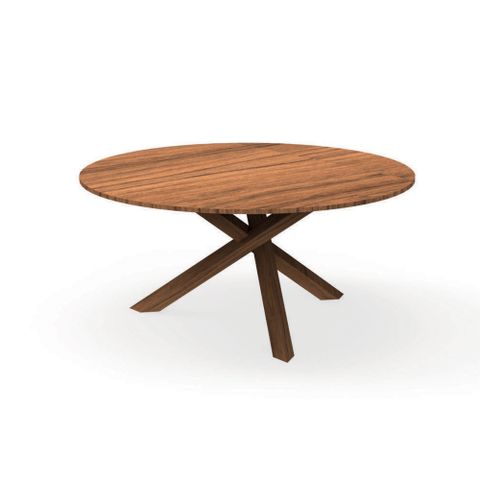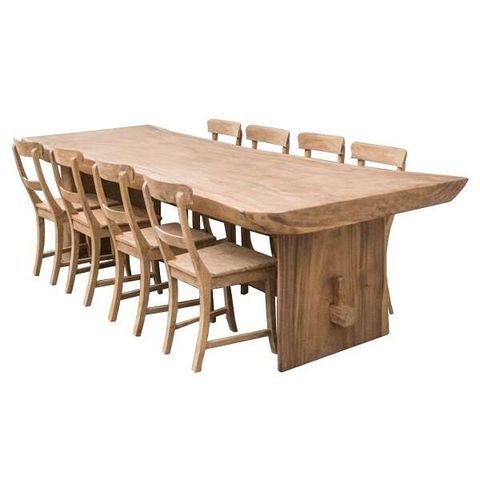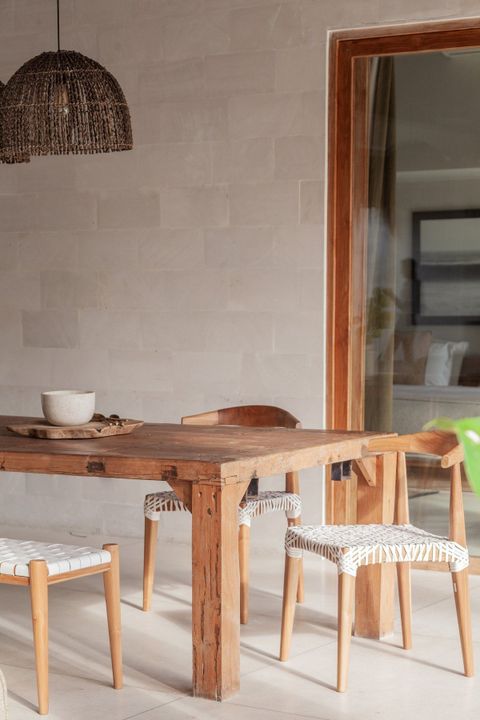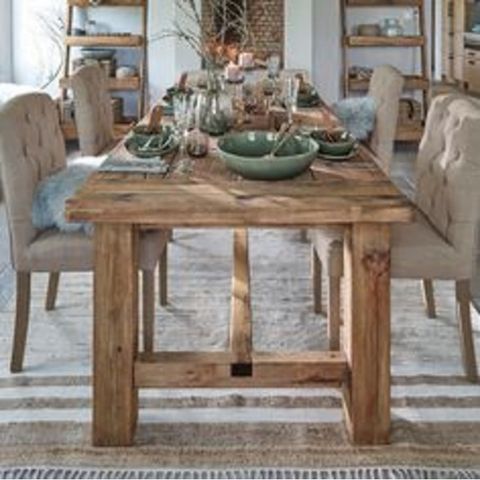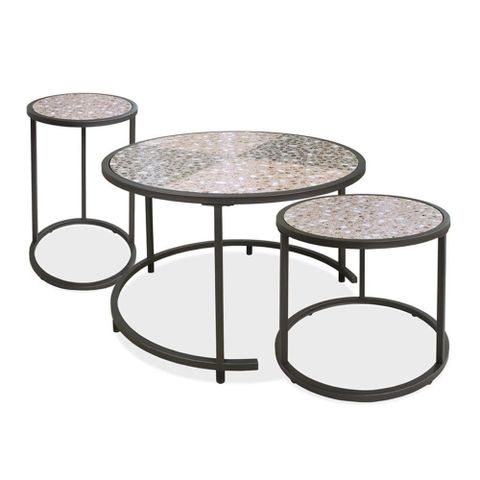In the heart of Indonesia’s most enchanting island, a centuries-old tradition continues to flourish. Skilled artisans work with weathered hands and seasoned eyes to create dining tables that tell stories of heritage, craftsmanship, and natural beauty. These aren’t just furniture pieces – they’re heirlooms that carry the soul of Bali’s artistic spirit.
Picture this: a warm afternoon in Ubud, where the gentle hum of wooden tools meets the soft rustle of palm leaves. A master craftsman sits cross-legged beside his workshop, his calloused fingers moving with practiced precision across a slab of teak wood. This isn’t just a scene from a tourist brochure – it’s the reality of how Bali’s finest dining tables come to life. The journey from raw timber to a stunning table involves more than just skill; it’s a dance between nature and human artistry that has been perfected over generations.
The Natural Beauty of Teak Wood
Teak wood stands apart from other materials due to its exceptional durability and natural resistance to moisture and insects. In Bali, craftsmen have learned to work with teak’s unique grain patterns, which create beautiful visual effects when properly finished. The wood’s golden-brown hue deepens over time, creating a rich patina that makes each table truly one-of-a-kind.
Bali’s climate plays a crucial role in teak’s development. The consistent humidity and temperature help the wood maintain its structural integrity while developing its characteristic luster. This natural quality means that teak tables crafted here can last for decades, often becoming family treasures passed down through generations. Many collectors seek out these tables precisely because they represent a living piece of Indonesian history.
The process begins with selecting the right timber. Skilled artisans look for wood that shows minimal knots and straight grain patterns. They examine each piece carefully, considering how the natural characteristics will contribute to the final design. Sometimes, a particular piece of wood might inspire an entire table design, with the grain pattern directing the shape and proportions.
Traditional Techniques Passed Down Through Generations
The methods used to craft these tables have remained largely unchanged for hundreds of years. Master craftsmen train apprentices for years, teaching not just technical skills but also the philosophical approach to woodworking. This knowledge transfer happens through observation, practice, and the quiet exchange of wisdom between mentor and student.
One essential technique involves using traditional hand tools rather than modern machinery. The craftsman’s chisels, planes, and rasps create surfaces that are perfectly smooth to the touch. Each cut is deliberate and purposeful, requiring both strength and finesse. The sound of wood being shaped creates a rhythm that echoes through the workshop, a melodic reminder of the time-honored traditions being preserved.
Another critical aspect is the assembly method. Rather than relying solely on nails or screws, artisans use traditional joinery techniques like mortise and tenon joints. These connections are stronger than modern fasteners and allow the wood to expand and contract naturally with changes in humidity. The result is a table that maintains its integrity while adapting gracefully to environmental conditions.
The finishing process also requires patience and skill. Natural oils and waxes are applied gradually, allowing each layer to penetrate deeply into the wood. This slow process ensures even coverage and enhances the wood’s natural beauty. Some craftsmen even add traditional Balinese motifs or carvings that reflect local culture and beliefs.
Cultural Significance and Symbolism
These dining tables aren’t merely functional objects; they carry deep cultural meaning within Balinese society. In many families, a handcrafted teak table represents prosperity, stability, and respect for tradition. When guests gather around such a table, they’re participating in a ritual that connects them to centuries of craftsmanship.
Many tables feature symbolic elements that reflect Balinese philosophy. For example, certain patterns may represent the balance between earth and sky, while others celebrate the harmony between human creativity and natural forces. The curved legs of some tables symbolize the protective embrace of nature, while straighter designs might represent strength and stability.
The act of gathering around a teak table also reinforces social bonds. In traditional Balinese households, meals are communal experiences that bring families together. The table becomes a focal point for conversation, sharing, and connection. When someone owns a handcrafted teak table, they’re not just acquiring furniture – they’re embracing a way of life that values community and craftsmanship.
Some tables even incorporate elements that honor specific spiritual beliefs. Carved details might represent deities or mythological creatures, serving as reminders of the sacred nature of daily life. These symbolic touches transform ordinary dining into something more profound.
The Process from Raw Material to Finished Product
The creation of a single table involves multiple stages that can take weeks or even months to complete. It begins with sourcing the wood, which requires careful consideration of quality and sustainability. Many craftsmen work with local suppliers who understand the importance of ethical harvesting practices.
Once the wood arrives at the workshop, it undergoes a lengthy drying process. This step is crucial because improperly dried wood can warp or crack over time. Artisans typically let the wood dry for several months, monitoring it closely to ensure proper moisture levels. During this time, the wood gradually loses its initial moisture content, becoming stable and ready for shaping.
The actual construction phase requires tremendous attention to detail. Each piece must fit perfectly with the next, creating a seamless structure. The craftsmen measure twice, cut once, and then double-check their work. Every surface must be perfectly flat and smooth, a standard that reflects their commitment to excellence.
Finishing touches include sanding to remove any remaining rough spots and applying protective treatments. The final polish brings out the wood’s natural luster while maintaining its ability to breathe. This attention to every detail ensures that each table meets the high standards expected by discerning customers.
Modern Applications and Contemporary Design Elements
While traditional techniques remain central to the craft, contemporary designers have found ways to blend old methods with new aesthetics. Modern teak tables now feature clean lines and minimalist designs that appeal to international markets. Yet they still retain the essential qualities that make them special – the natural grain, the warm finish, and the craftsmanship that sets them apart.
Some artisans experiment with different shapes and sizes to accommodate modern living spaces. Round tables might be designed for smaller apartments, while larger rectangular tables can serve as focal points in spacious homes. The versatility of teak allows for creative interpretations without sacrificing the core principles of the craft.
Technology hasn’t completely replaced traditional methods, but it has helped improve efficiency in certain areas. Digital measuring tools ensure precise dimensions, while computer-aided design software helps visualize complex projects before construction begins. However, the hands-on aspects of carving, shaping, and finishing remain firmly rooted in traditional practices.
International buyers often appreciate how these tables bridge cultures. The combination of Indonesian craftsmanship with contemporary design sensibilities appeals to those seeking unique, meaningful pieces that reflect global influences while maintaining authentic roots.
Care and Maintenance for Longevity
Proper care ensures that a handcrafted teak dining table remains beautiful and functional for decades. The key lies in understanding how the wood responds to different conditions and environments. Regular maintenance prevents damage and preserves the table’s natural characteristics.
Daily cleaning involves using a soft cloth to remove dust and debris. Special attention should be paid to avoiding harsh chemicals that could strip the wood’s natural oils. Instead, gentle cleaning with mild soap and water works best for removing stains or spills.
Periodic reapplication of protective treatments helps maintain the wood’s appearance and protection. Depending on usage, this might occur every few months or annually. The frequency depends on factors like how often the table is used and the environmental conditions in the room.
Avoid placing hot items directly on the surface, as this can cause scorch marks or warping. Using coasters, placemats, and trivets protects the wood while adding decorative elements to the dining experience. These simple precautions extend the life of the table significantly.
When storing the table during extended periods, cover it with breathable fabric to protect against dust while allowing air circulation. Proper storage prevents the wood from drying out too quickly or absorbing excess moisture, both of which can cause problems over time.
The art of crafting handcrafted teak dining tables in Bali represents far more than simple woodworking. It’s a living tradition that connects past and present, blending ancient wisdom with modern appreciation for quality and beauty. Every table tells a story – of skilled hands, patient craftsmanship, and the enduring relationship between human creativity and natural materials. Whether you’re considering purchasing one for your home or simply appreciating the cultural significance behind these remarkable pieces, understanding their creation adds depth to your appreciation. These tables aren’t just furniture; they’re testament to the power of tradition, the importance of skilled labor, and the timeless appeal of well-made objects that enhance our daily lives. In a world increasingly dominated by mass production, Bali’s handcrafted teak tables remind us why individual pieces of genuine craftsmanship matter so much.

